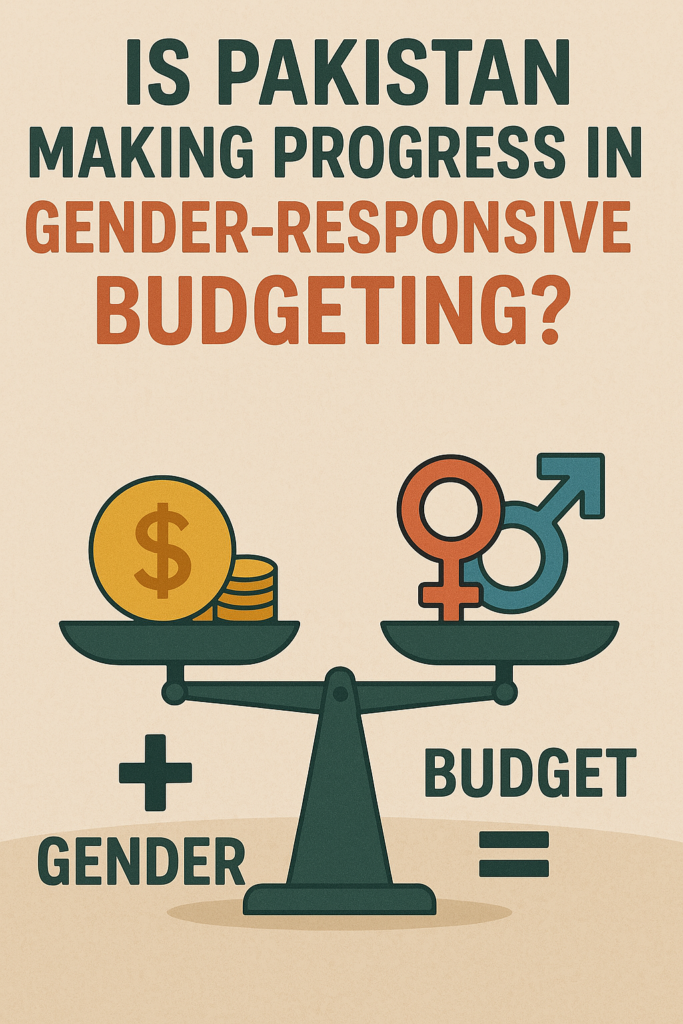
Gender-Responsive Budgeting (GRB) ensures that government budgets address the needs of all genders equitably. It doesn’t mean separate budgets for women, but integrating gender perspectives in all budgetary decisions. How has Pakistan fared in this domain?
Initial Steps
Pakistan was among the first countries in South Asia to introduce GRB in early 2000s. With support from donors, gender budgeting cells were established in several ministries, including Finance, Health, and Education.
Progress Made
- Federal Level: GRB initiatives led to gender tagging of expenditures. For example, increased allocations for maternal health and girls’ education were justified using GRB principles.
- Provincial Level: Punjab and Khyber Pakhtunkhwa have piloted gender-sensitive budget statements and gender audits.
Challenges Remain
- Lack of Data: Absence of sex-disaggregated data hampers gender analysis.
- Institutional Weaknesses: GRB cells are under-resourced and lack authority.
- Policy Disconnect: Gender strategies often don’t align with actual allocations.
Why It Matters
Gender-neutral budgets often reinforce inequalities. For instance, if transport investments ignore women’s mobility needs, it affects access to education and jobs.
Recommendations
- Mandatory Gender Analysis: Require all new policies and projects to include gender impact assessments.
- Capacity Building: Train finance and planning officers in gender budgeting.
- Public Disclosure: Gender-sensitive budget summaries should be made available for public scrutiny.
While Pakistan has made a promising start in GRB, sustained political will, better data, and institutional support are needed to make it truly transformative. GRB isn’t just about fairness—it’s smart economics.
